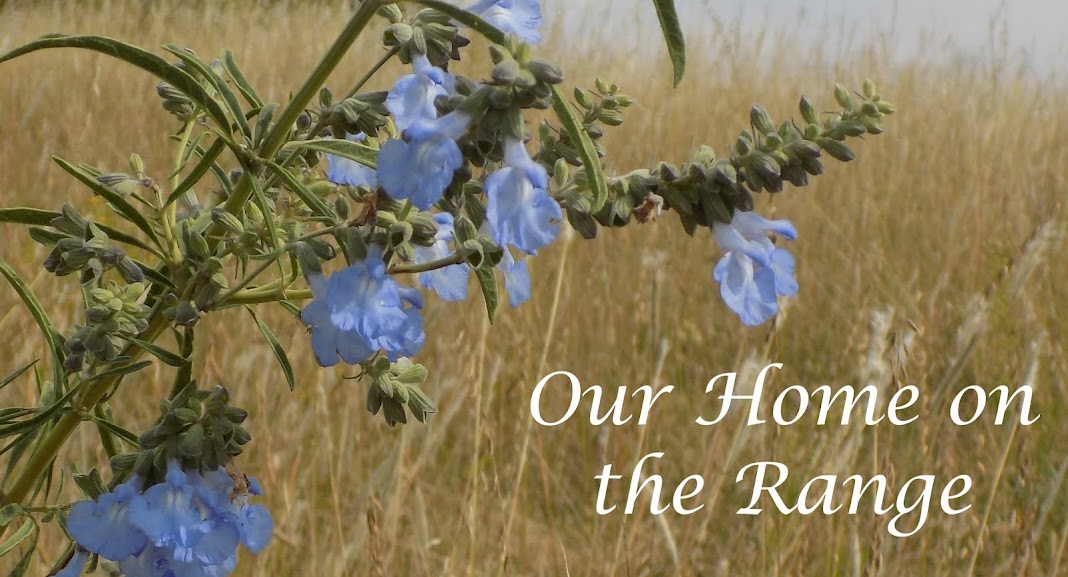As we approached the end of the school year, I just started reading books in roughly chronological order up to the present time. I figured we'd keep reading a few a week until we ran out of books or the baby was born. That didn't quite happen, but here are the books we did read.

 Lightship
Lightship
by Brian Floca is a nice little book about ships that anchored near dangerous areas and acting as floating lighthouses. The illustrations are captivating, though my kids were mostly interested in the "head." I'm not sure this book contributed greatly to our understanding of history, but I like it, especially how the people who man the lightships are shown to be brave by their actions.
John Steuart Curry: The Road Home
by Alice Bertels tells of the childhood and career of one of Kansas's own artists. Many of his paintings are shown in the book (and we can see a few in local museums). I'm sure we'll be reading this book again, certainly before visiting the State House in Topeka (doesn't every school-child see their state house at least once?) where his dramatic murals are on display. I have read and enjoyed this book a few times, but the kids were not overly impressed. Perhaps after seeing the murals they'll be more interested.
The Farm Summer 1942
by Donald Hall should be brought back to print. It tells of a young boy who lives with his grandparents in New Hampshire one summer while his mother is working for the war in New York City. Though he travels by plane and train, his grandparents still use their horse and wagon. The book bridges well the generations by describing the upgrades to the farmhouse since his father was a boy. Peter learns to help his grandfather on the farm. In sweet simple sentences we see him grow to love his summer life, while still yearning for his parents and friends in California. This book kept the attention of First Son pretty well (the second or third time we've read it), but it was not action-oriented enough for First Daughter. She'll get there.
 Crow Call
Crow Call
by Lois Lowry, illustrated by Bagram Ibatoulline, builds on Ms. Lowry's own experiences reconnecting with her father after his time in the war. Nothing much happens. They spend the morning together, planning to hunt crows but simply enjoying the morning instead. The illustrations are marvelous, soft and evoking the shyness the girl and her father feel for each other. I love how this book attempts to show their relationship growing. (Some reviewers think it fails.) I read this book because I like it, but I wasn't surprised the children were not too interested. The only part they liked at all was when the father and daughter were making silly animal noises for each other.
 One Thousand Tracings: Healing the Wounds of World War II
One Thousand Tracings: Healing the Wounds of World War II
by Lita Judge is the story of a little girl whose family connections to Germany develop into an effort to provide one thousand pairs of shoes along with other necessities to struggling families in Europe. The wonderful illustrations are complimented with pictures of real items the author discovered in her attic and based on the memories of her mother, the child in the story. I liked this story for our reading because it gives some idea of life after the war without being too harsh for little ones. I had also considered
Mercedes and the Chocolate Pilot
by Margot Theis Raven, but opted against it when there was a long wait at the library. (It would also have been the only book we read that wasn't set in the United States or the Americas.)

 Piano Starts Here: The Young Art Tatum
Piano Starts Here: The Young Art Tatum
by Robert A. Parker tells of Art Tatum's youth. I enjoyed this story because it presented poverty without dwelling on it and showed Art's love of the piano and his music despite his blindness. The kids were not overwhelmingly interested in the book and even less interested in the music even as I pointed out the pieces that are named in the book.

 Ella Fitzgerald: The Tale of a Vocal Virtuosa
Ella Fitzgerald: The Tale of a Vocal Virtuosa
by Andrea Davis Pinkney, illustrated by Brian Pinkney, was not much of a greater hit with the kids. I think First Son was intrigued by Scat Cat, who narrates Ella's life. Ms. Pinkney does a wonderful job incorporated some of the rhythm of Ella's music into the language of the book. Again, though, the kids did not love the story and were not interested in the CDs I requested from the library.
At this point, we stopped our "official" lessons for kindergarten. Because I've already done the work, here's the list of additional history books I had selected:
- Rosa
 by Nikki Giovanni
by Nikki Giovanni
- Happy Birthday, Martin Luther King Jr. (Scholastic Bookshelf)
 by Jean Marzollo
by Jean Marzollo
- Martin's Big Words: The Life of Dr. Martin Luther King, Jr.
 by Doreen Rappaport
by Doreen Rappaport
- The Story Of Ruby Bridges (Scholastic Bookshelf)
 by Robert Coles
by Robert Coles
- The Bat Boy And His Violin (Aladdin Picture Books)
 by Gavin Curtis
by Gavin Curtis
- You Never Heard of Sandy Koufax?!
 by Jonah Winter
by Jonah Winter
- Teammates
 by Peter Golenbock
by Peter Golenbock
- Reaching for the Moon
 by Buzz Aldrin
by Buzz Aldrin
I may still read these with the kids before we have to return them to the library, but I haven't yet so I'm not sure how much they will like them. For myself, I recommend them.



by Nikki Giovanni
by Jean Marzollo
by Doreen Rappaport
by Robert Coles
by Gavin Curtis
by Jonah Winter
by Peter Golenbock
by Buzz Aldrin
